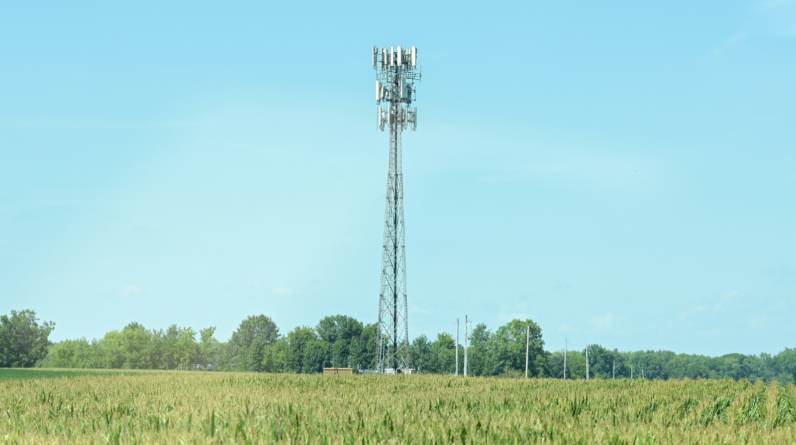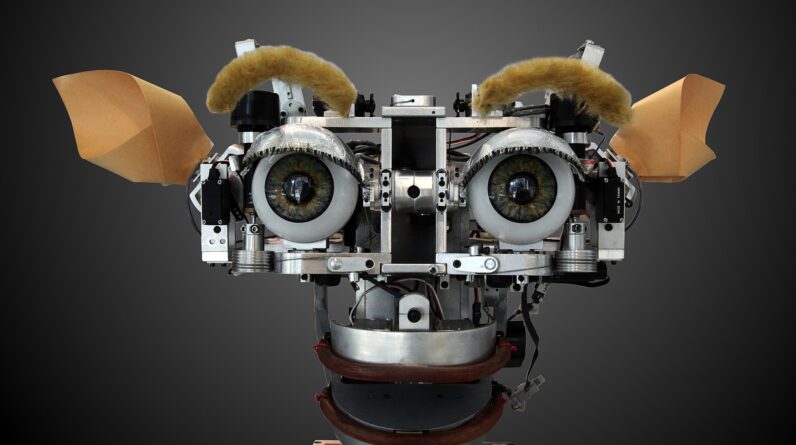
[ad_1]
IBM’s quantum computer, London. — Image: © Tim Sandle
Experiments in quantum computing are continuing to advance and with it a new generation of powerful computers will emerge. This is a field that’s already drawing billions of dollars in support from tech investors and industry heavyweights including IBM, Google and Microsoft.
The basis of quantum computing is the qubit. Through “superpositioning,” a qubit can represent a 0, a 1, or any proportion between. This vastly increases a quantum computer’s processing speed compared to today’s computers.
A new computing research breakthrough that has recently been reported could be significant for the evolution of the quantum computing future. This rests on an important characteristic of a new superconductor material.
University College Cork scientists have used one of the world’s most powerful quantum microscopes in order to make a discovery that could have significant consequences for the future of computing.
This is the discovery of a spatially modulating superconducting state in a new and unusual superconductor called Uranium Ditelluride (UTe2). Superconductors have many unusual properties, including allowing electricity to flow with zero resistance. Thes means when a current is passed through them they do not begin to heat up. This occurs because instead of individual electrons moving through the metal there are pairs of electrons which bind together in the form macroscopic quantum mechanical fluid.
 IBM’s quantum computer. Image (C) Tim Sandle
IBM’s quantum computer. Image (C) Tim Sandle
UTe2 appears to be a new type of superconductor and this new superconductor may provide a solution to one of quantum computing’s greatest challenges.
Lead author Joe Carroll outlines the challenge in a research brief: “The problem facing existing quantum computers is that each qubit must be in a superposition with two different energies — just as Schrödinger’s cat could be called both ‘dead’ and ‘alive’. This quantum state is very easily destroyed by collapsing into the lowest energy state — ‘dead’ — thereby cutting off any useful computation.”
What UTe2 may offer is a superconductor that could be used as the basis for topological quantum computing. Here there would be no limit on the lifetime of the qubit during computation. This could opening up many new ways for more stable and useful quantum computers.
The discovery is described in the journal Nature, in a paper titled “Detection of a pair density wave state in UTe2.”
In a different breakthrough, scientists have announced an advancement in developing fault-tolerant qubits for quantum computing. This relates to experiments undertaken with flakes of semiconductor materials only a single layer of atoms thick).
With these studies, University of Washington researchers detected signatures of ‘fractional quantum anomalous Hall’ (FQAH) states. This could pave the way towards constructing a fault-tolerant qubit. This is possible because FQAH states can host anyons — strange ‘quasiparticles’ that have only a fraction of an electron’s charge.
Some types of anyons can be used to make what are called ‘topologically protected’ qubits, which are stable against any small, local disturbances. This could lead to a major advancement over the capabilities of current quantum computers.
[ad_2]
Source link






